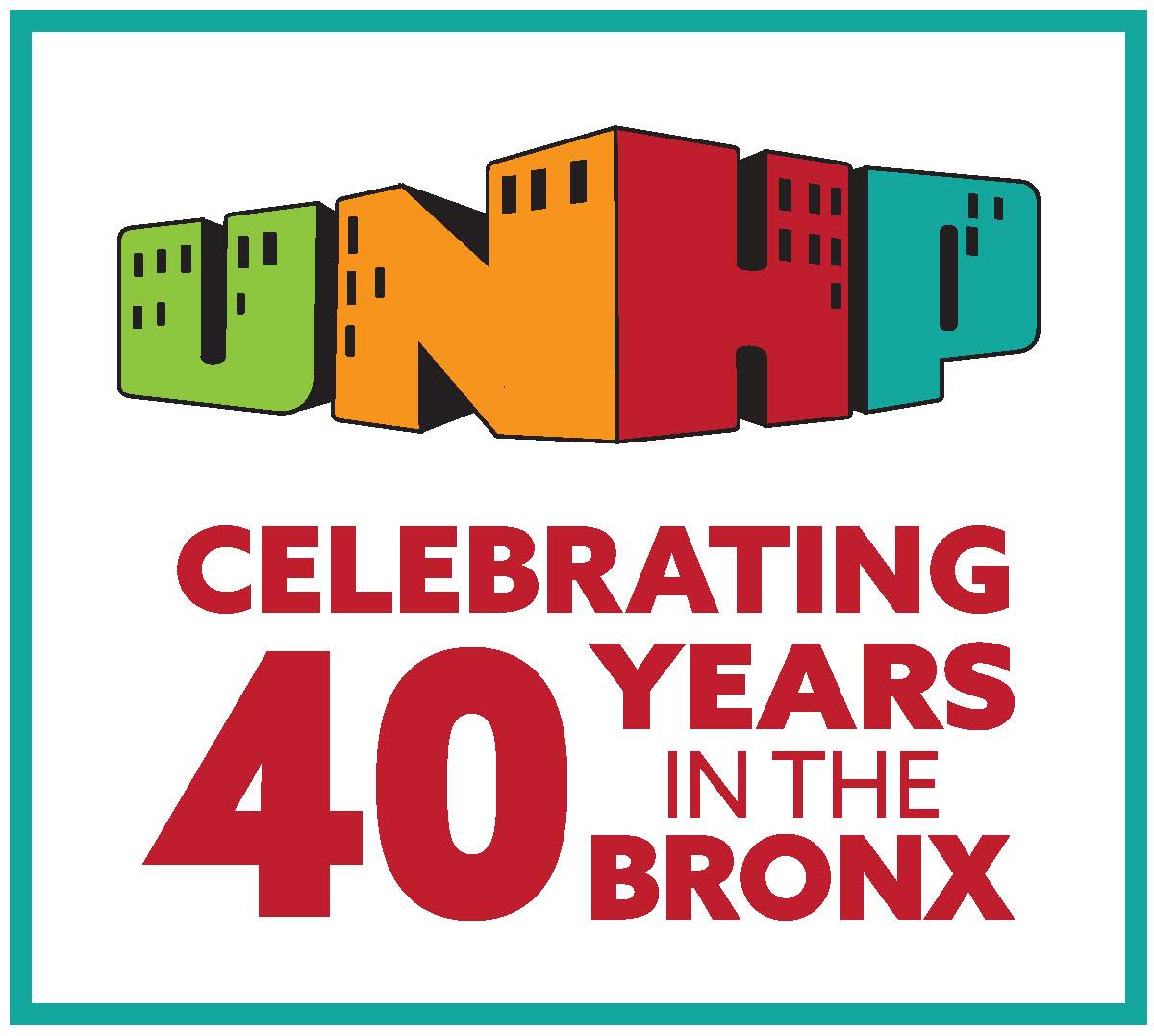Filter Plant Costs Double From Original Estimate
In 2003, when the city's Department of Environmental Protection (DEP) was calculating the cost of building the controversial Croton Water Filtration Plant at Van Cortlandt Park, it vastly underestimated the project's final price tag which now stands at more than $2 billion.
In the final Environmental Impact Statement (EIS) for the plant, the DEP estimated the total construction cost for the project, which is slated for completion in 2011, would be $992 million. Now, according to contract data disseminated by the DEP at a recent public meeting, it appears the cost has doubled, which means a higher burden for taxpayers, renters and homeowners.
The cost of DEP capital projects is one of the key factors in determining water rates, which have been rising more than 9 percent a year for the past three years, according to Jim Buckley of the University Neighborhood Housing Program (UNHP).
Buckley is one of the few activists who attend the Water Board's annual rate increase meeting every May because it affects rents and the UNHP is primarily concerned with affordable housing issues
The Water Board determines its rate increases based on a recommendation by the DEP, which factors in several variables. The two most important factors in determining that recommendation, according to Buckley, are consumption (which is down) and the cost of capital projects like the filtration plant.
"As it is [before the Croton cost increase], the city has been saying for years that the rate increases are due to the capital costs," Buckley said. "We're very nervous about the impact on housing affordability."
" It concerns me," said Greg Faulkner, chair of the Croton Filtration Monitoring Committee, a group of community leaders that serves as the project's official watchdog. "If it is what it appears to be, then it's not good and this is something that needs to be explained."
Faulkner and the Monitoring Committee have been pressuring the DEP to find more jobs for local residents, something the community was promised during the siting of the plant in 2003. The DEP, the city agency in charge of water quality, also promised that the Van Cortlandt Park site would be the cheapest and most fiscally responsible place to build.
While it's unclear whether it would have been cheaper to build the plant at another location, such as the industrial Eastview site in Westchester, it's apparent that building the plant in the northwest Bronx is costing the city much more than the DEP originally thought.
Exactly how much more, however, is also unclear.
The DEP admits that the cost of the Croton project, estimated at $992 million in 2003, is now up to $1.46 billion. But that doesn't include the money spent on the site preparation work, design work, construction management or the $243 million the DEP is earmarking for Bronx parks projects. According to calculations by the Norwood News, based on numbers given out by Bernard Daly, the Croton project manager, at the last public monitoring meeting, those omissions bring the cost of the project to more than $2 billion dollars.
Despite repeated requests for harder numbers from the DEP, including an itemized list of how the agency tabulated its 2003 estimate and a new list of contracts handed out by the DEP over the past two years, the city agency would not provide them.
Steve Lawitts, the DEP's second deputy commissioner in charge of capital projects, did however answer some questions in a phone interview.
Lawitts said that there were three reasons why the cost has risen since the original EIS estimate.
The first, Lawitts said, is that the original estimate was a "conceptual estimate" that called for the building of a "generic" filtration plant. The conceptual estimate didn't take into account many of the site specific elements that engineers, upon further inspection, deemed necessary. This may have been why the estimate didn't include site preparation, which was basically the digging of a giant $127 million hole that the plant would be built inside of.
" It's the nature of building a very large technological site that you are going to see changes from the original design elements," Lawitts said.
Another reason, Lawitts continued, was that in 2003, when the EIS was written, the DEP estimated that construction costs "including steel, concrete, electric, labor, etc." would rise at less than 3 percent per year. Mostly due to a housing boom, however, that number jumped to 8 percent a year, which is the number contractors are now using to bid on the Croton construction projects.
Lawitts said there was no way for the DEP to anticipate that kind of drastic rise in construction costs.
Finally, Lawitts said because of the design changes after the original EIS, the DEP had to adjust its timeline. Instead of the job taking four years, it is now taking five years, which means the DEP is now paying for an extra year of labor and materials.
Meanwhile, the bottom line continues to rise. And while reluctant to say how significantly, Lawitts admitted that the rising cost of the project could affect water rates in the coming years.
Chris Jones, of the nonprofit Regional Plan Association, said that the general rule of thumb is that large public projects end up costing more than they're estimated at. But how much more? "It all depends on how they did their original calculations," Jones said.
